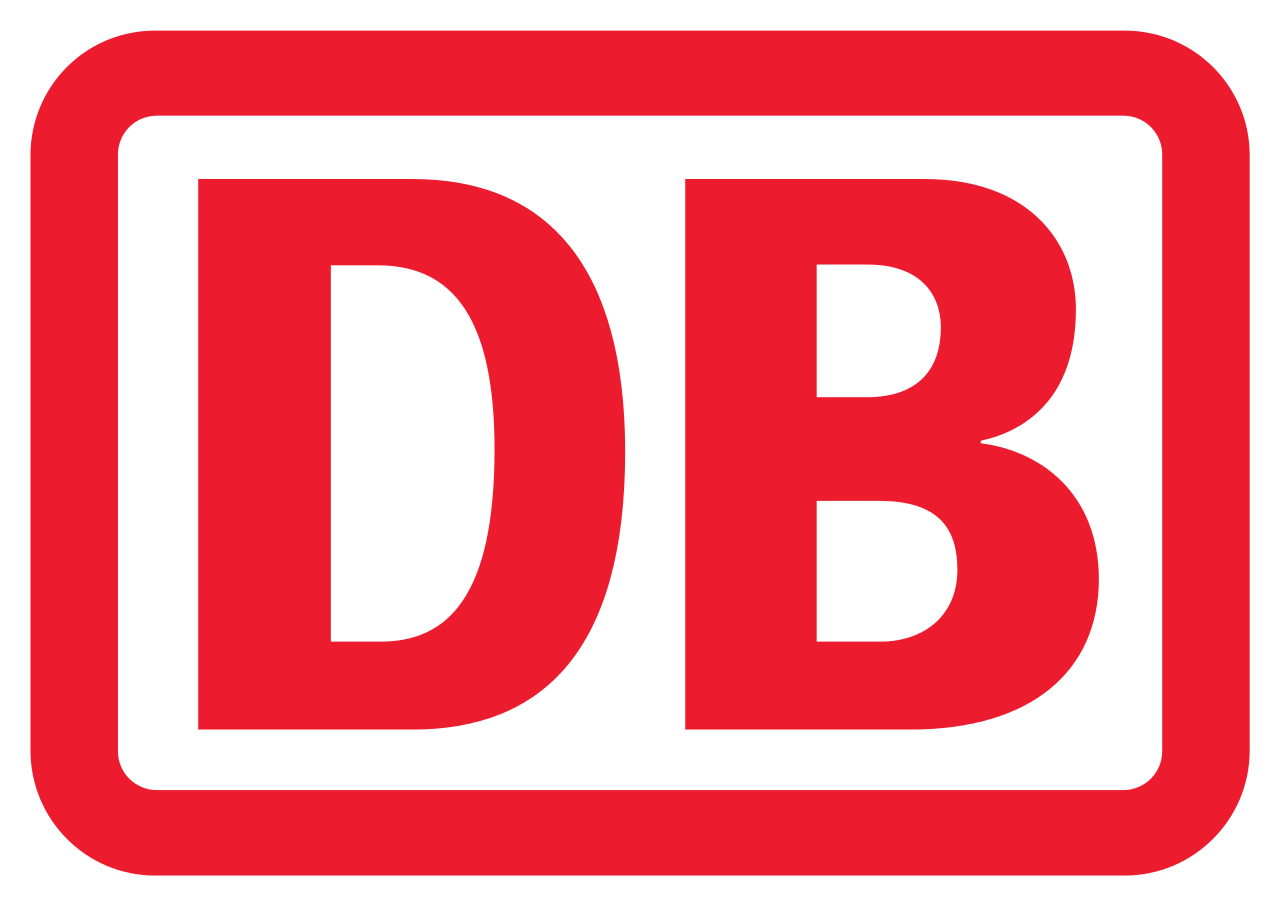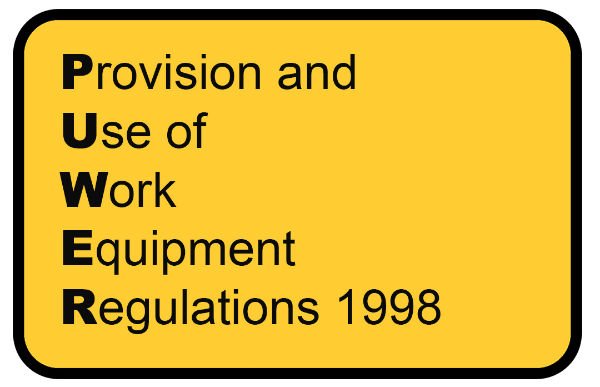Title Page
-
Site conducted
-
Conducted on
-
Prepared by
-
Location
-
Which Machine Are You Assessing
-
Photo. (Taken at the time of inspection)
-
Is the work equipment constructed and adapted for the purpose for which it is used? SEE GUIDANCE BELOW <br>
-
Guidance - All work equipment is to be constructed or adapted so as to be suitable for the purpose for which it is being used or provided, and every employer should ensure that all work equipment is used only for operations for which, and under conditions for which, it is suitable. Consideration must be given to initial integrity, the pace where it will be used, and the purpose for which it will be used.
-
Has the work equipment been selected taking into account the working conditions, including existing and any additional risks? SEE GUIDANCE BELOW
-
Guidance - When selecting work equipment, employers should take into account ergonomic risks so the operators do not have to exert undue force or stretch beyond normal strength or physical reach.
-
Guidance: Employer must ensure that equipment is suitable for the process and conditions of use.
ACOP: Work equipment should be installed, located and used in such a way as to reduce risks to users of the work equipment and other workers. Consideration needs to be given to ensure that there is sufficient space between the moving parts of work equipment and fixed or moving parts in its environment, and that's all forms of energy and substances used or produced can be supplied and/or removed in a safe manner -
Is work equipment maintained in an efficient state, efficient working order, and in good repair? SEE GUIDANCE BELOW <br>
-
Guidance: All work equipment should be maintained in an efficient state, in efficient working order and in good repair. Maintenance may include routine maintenance based on recommendations of the equipment manufacturer and planned preventive maintenance (where inadequate maintenance could cause equipment, safeguard, or other protection failure in a dangerous way). Frequency of maintenance activities should take into account:
a) intensity of use - frequency and maximum working limits;
b) operating environment - eg outdoors
c) variety of operations - is the equipment performing the same task or does this change?
d) risks from malfunction or failure -
Where equipment could deteriorate, which could result in dangerous situations, has a schedule of inspections been planned? SEE GUIDANCE BELOW
-
Guidance: Is Planned Preventative Maintenance in place? (PPM's)
-
Is a designated and adequately trained person available to carry out repairs, modifications or other similar work on the equipment? SEE GUIDANCE BELOW <br>
-
Guidance: ACOP: Such a person should have received proper instruction, information and training for such work.
-
Do all equipment operators have available; adequate health and safety information and instructions for use of work equipment? SEE GUIDANCE BELOW
-
Guidance: Information can be in writing or verbal where this is considered to be sufficient. Written instructions refer primarily to the information provided by manufacturers or suppliers, such as instruction sheets or manuals, instruction placards, warning labels and training manuals.
-
Have all persons who use, manage, or supervise the use of work equipment been adequately trained? SEE GUIDANCE BELOW
-
Guidance: All persons who use, manage, or supervise the use of work equipment should have received adequate training for purposes of health and safety, including training in the use of the work equipment, any risks involved and precautions to be taken. There is a clear overlap with regard to the training requirements of the management of health and safety at work regulations 1992.
-
Are effective measures in place to prevent access to dangerous parts of machinery? Please give details.
-
Are guards/protection devices suitable for purpose, of sound construction, adequate strength, and maintained in working order, and in good repair? Please give details.
-
Are they such that they did not give rise to any increased risk to health and safety and cannot be easily bypassed or disabled?
-
Are the guards constructed or adapted so that they allow for maintenance without having to dismantle the guard or protection device?
-
Is work equipment protected against specific hazards e.g. falling articles, disintegration, ejection, overheating, explosion etc? SEE GUIDANCE BELOW
-
Guidance: Employers should prevent articles or substances falling or being injected from work equipment, rupture or disintegration of parts or work equipment, work equipment catching fire or overheating, the unintended or premature discharge of any article, gas, dust, liquid, vapour or other substance from work equipment, or the unintended or premature explosion of the work equipment. Where this is not reasonably practicable then such matters should be adequately controlled. Your risk assessment should identify if any of these hazards are relevant and the actions that you need to take.
-
Are work equipment surfaces, and any substances produced, protected against high or very low temperatures? SEE GUIDANCE BELOW
-
Guidance: You should ensure that work equipment, parts of the equipment and articles or substances produced, used or stored in work equipment are protected so as to prevent injury to any person By burn, scald or sear. The risk from contact with hot or cold services should be reduced by engineering methods, i.e. reduction or increase in surface temperatures, insulation, shielding, barricading and guarding. While engineering measures should always be applied, Where appropriate, alternative or complimentary forms of protection might also be necessary e.g. PPE,, warning signs instructions, training, supervision etc
-
Are adequate controls provided on the work equipment for starting the work equipment? (Including restarting after a stoppage for any reason) SEE GUIDANCE BELOW
-
Guidance: Where appropriate, work equipment should be provided with one or more controls for starting the work equipment and for controlling any change in speed, pressure or other operating conditions of work equipment, where such change may result in increased risk.
Controls should be designed and positioned so as to prevent inadvertent or accidental operation.
It should only be possible to stop equipment by using appropriate controls. You should not normally be able to restart any equipment simply by resetting a protection device e.g. interlock - operation of the start control should also be required. The control must not be capable of starting itself due to effects of gravity, failure of a spring mechanism etc -
Are adequate controls provided on the work equipment for controlling any change in speed, pressure or other operating conditions of work equipment?
-
Where appropriate, is work equipment provided with one or more readily accessible emergency stop controls? Please Give Details. SEE GUIDANCE BELOW
-
Guidance: An emergency stop control should be provided where the other safeguards are not adequate to prevent risk when some irregular event occurs. However, this is not a substitute for necessary safeguarding.
Where it is appropriate to have one, emergency stops should be provided at every control point and at other appropriate locations around equipment so that action can be taken. Your risk assessment should identify where emergency stops are required. Emergency stops should be easily reached and activated. -
Are all controls for work equipment clearly visible and identifiable and appropriately marked where necessary?
-
Are all controls for work equipment in a safe position? SEE GUIDANCE BELOW
-
Guidance: Where controls have to be positioned where people are at some risk, e.g. robot teaching pendant, particular precautions should be used, e.g. hold to run controls, reduced or limited capability of equipment. You may need to employ additional measures if someone could remain inside safeguards at start-up. Any warnings must be ambiguous, easily perceived easily understood.
-
Where this is not reasonably practical, are safe systems in place to ensure that persons are not in danger when the equipment is about to start?
-
Are persons operating such controls able to ensure that there is no other person in place of danger?
-
If either of the two previous questions were answered no, appropriate or reasonably practicable, is there an audible, visible or suitable warning given?
-
Are all control systems safe, free from faults or damage and do not impede access to stop controls?
-
Is work equipment provided with suitable, clearly identifiable and readily accessible means of isolating it from its source of energy? Please Give Details. SEE GUIDANCE BELOW
-
Guidance: If work on isolated equipment is done by more than one person, locking devices with multiple locks and keys might be necessary. In some cases sources of energy may need to be maintained when equipment is stopped so measures will need to be taken to eliminate risks before attempts are made to isolate.
-
Is the work equipment secured in place, stable and level. SEE GUIDANCE BELOW
-
Guidance: All work equipment and parts of work equipment should be stabilised by clamping, or otherwise secured for the purposes of health and safety. Most machines used in a fixed position should be bolted or otherwise fastened down so that they do not move or rock during use. Mobile work equipment must always be used within the limits of its stability.
-
Is suitable and sufficient lighting provided to the work equipment?
-
Can the work equipment always be shut down for maintenance? SEE GUIDANCE BELOW
-
Guidance: Where reasonably practicable, steps should be taken to ensure that work equipment is constructed or adapted so that it can be maintained whilst shut down. You need to review the measures provided by the manufacturer.
Also remember that if faultfinding may be required where the equipment has to be live your answer must be "NO" -
Can maintenance be carried out without there being any risks to health and safety? SEE GUIDANCE BELOW <br>
-
Guidance: If there are no risks even when the equipment is not completely shut down, then you will obviously need to take no action. Remember to consider contact with live electrical parts in Control Panel.
-
Is work equipment clearly and visibly marked and labelled for the purposes of health and safety? SEE GUIDANCE BELOW
-
Guidance: All the equipment should be marked in a clearly visible manner with any marking appropriate for reasons of health and safety.
Examples might include clear marking of stop and start controls, including isolators, the maximum rotation speed abrasive wheels, maximum safe working loads of lifting equipment in accessories, marking of compressed gas cylinders, colour coding or marking of pipelines and vessels etc.
Work equipment should incorporate any appropriate warnings or warning devices. Such warnings should be unambiguous, easily perceived and easily understood (e.g. positive instructions, prohibitions, and restrictions). -
Is the equipment free from leaks or discharges?
-
Does the equipment produce any dusts or fumes other emissions?
-
Does equipment require connection to electricity, air, gas, water or other supplies? if so, specify what they are (Including voltages pressures etc)
-
Does the equipment require any registration or approval prior to operation? (Four example registration of x-ray machine being used on site)
Acknowledgements
-
Signed on Behalf of Engineering
-
Date Completed
-
Signed on Behalf of Health & Safety
-
Date Completed











